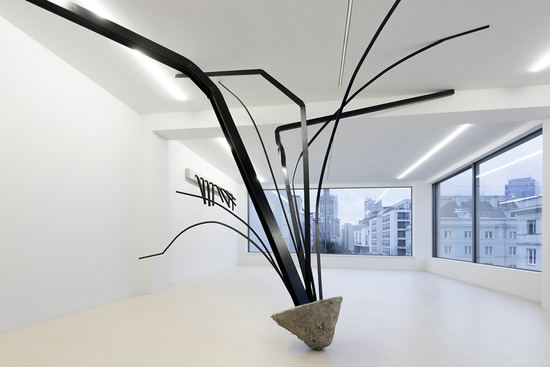
Can you spot Utopia in among this wreckage?
Monika Sosnowska’s new show at Hauser & Wirth LA looks back at a hopeful world that was built, then destroyed
Ask a regular gallery goer what he or she thinks of Monika Sosnowska’s new exhibition, opening at Hauser & Wirth Los Angeles this weekend, and they might liken the twisted hunks of metal and concrete to the large-scale sculptures of Louise Bourgeois or David Smith.
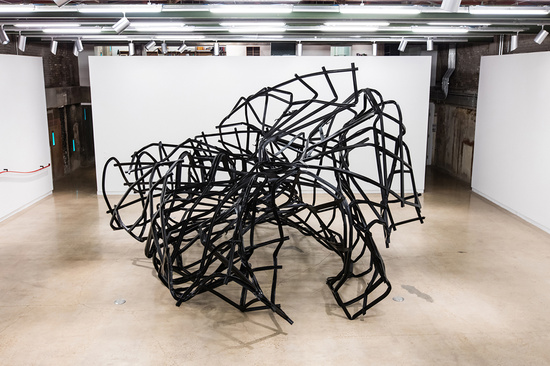
Ask an elderly, or even middle-aged citizen from Sosnowska’s native Poland, however, and the response is likely to be a bit more nostalgic.
As we explain in our book Sculpture Today, Sosnowska’s sculptures make strong reference to the anonymous, utilitarian architecture built during the Soviet era in Central and Eastern Europe.
Many of us westerners look back at that era derisively, remembering how the USSR, gummed up with brittle ideology and poor economic practices, ground to a near-halt.
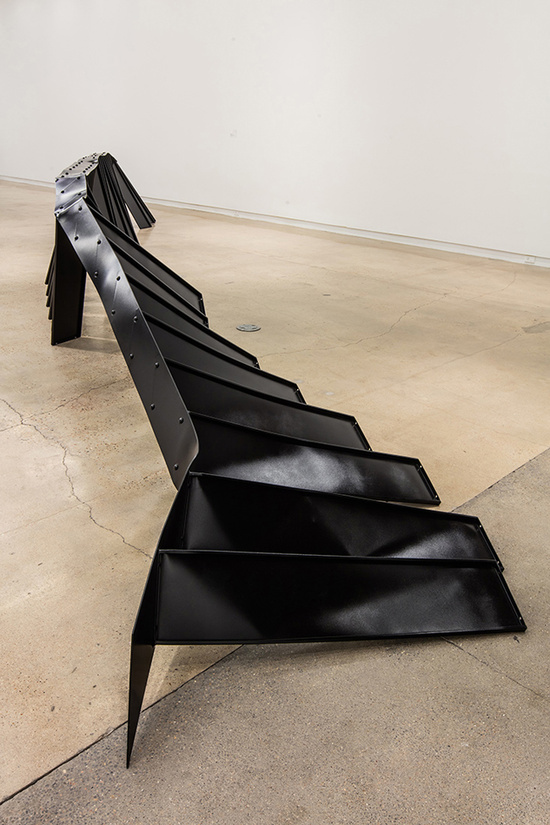
However, Sosnowska, who was born in 1972, sees things differently. She can just about remember the hopeful, Utopian ideals of post-war Poland, which was rebuilt in a modernist, progressive manner, with many public spaces, and plenty of public housing.
“In the late 1980s,” her gallery goes on to explain, “as the artist was coming of age, this architectural growth came to a halt with the rise of a new capitalist regime. Public spaces disappeared, buildings were destroyed, and the resulting trauma to Polish society at large etched itself upon Sosnowska’s sensibility.”
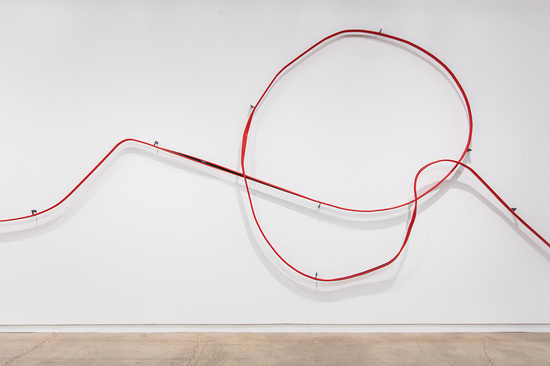
That spread of neoliberal market-driven ideology was characterised at the time as 'the end of history', as if all mankind had finally settled in agreement on liberal, democratic capitalism as the best way to run the world. Sosnowska’s new show suggests neoliberalism certainly did end something – though it also gave rise to new, unexpected historical wrinkles, as expressed in the artist’s twisted, modernist metal.
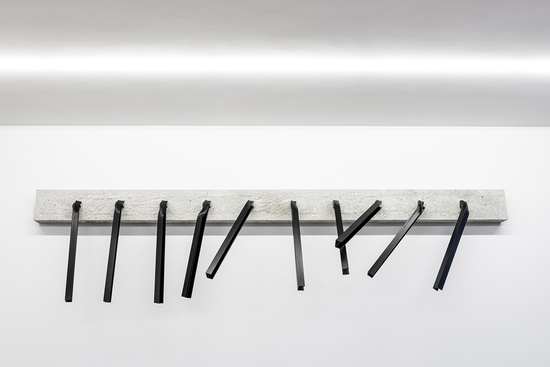
For more on Sosnowska get Sculpture Today; for more on modernism and brutalism get Ornament is Crime and This Brutal World.